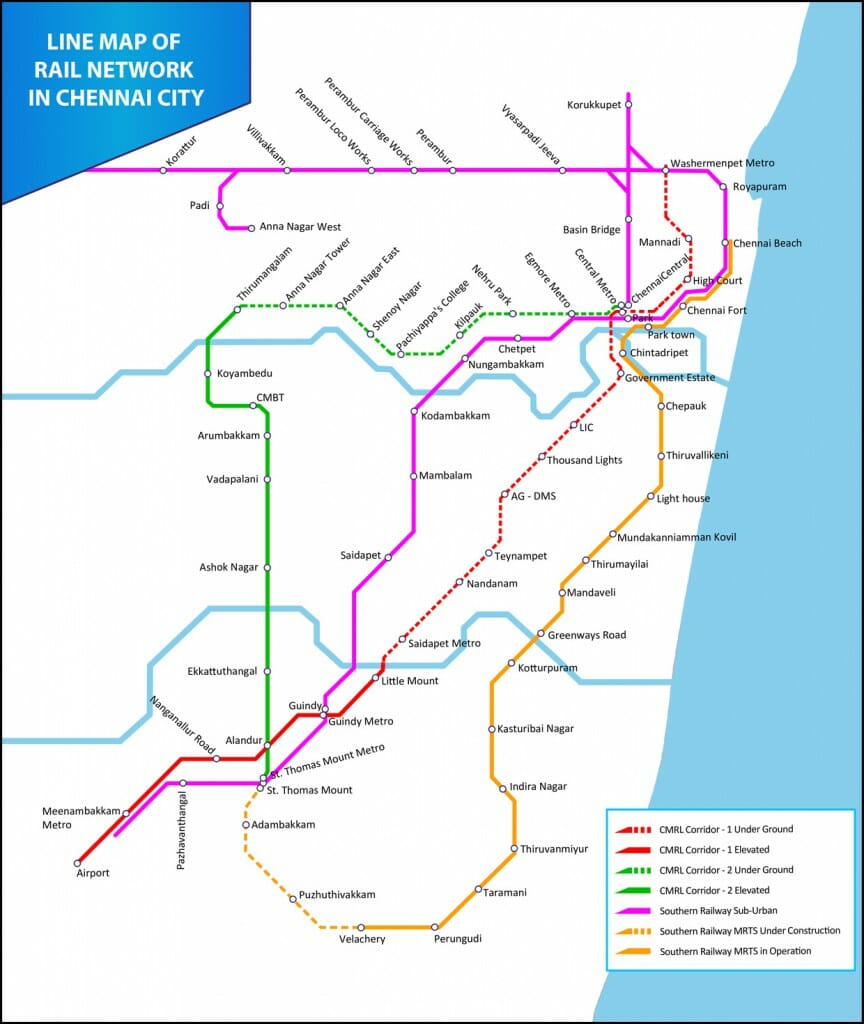The Chief Minister of Tamil Nadu, M.K. Stalin, speaking at a real estate event recently, assured the stakeholders present that his administration would be happy to consider an increase in the Floor Space Index (FSI) as presently stipulated by law for construction within Chennai.
This announcement was received with much jubilation by the real estate lobby but its impact on the ultimate consumer – those who purchase home and office space – needs to be studied carefully.
Read more: Opinion: One policy change could make your dream home in Chennai a reality
FSI and quality of life in Chennai
An arbitrary increase in FSI can have a disastrous effect on the quality of life in the city.
Presently, the permitted FSI in Chennai is two, which means that the constructed area taking all floors in total, can at most be twice the size of the plot of land. This has been arrived at after due consideration of the quality of life and keeping in mind other aspects such as aesthetics and safety.
In reality, however, much of the city gets by on loopholes in the law – temporary structures are put up to get more floor space and in many other instances there are barefaced violations, an aspect that the administration invariably overlooks unless dragged to court and forced to take action.
Most commercial constructions in the city, especially those catering to retail space violate FSI norms with impunity.
Vertical growth and FSI in Chennai
However, it cannot be denied that there has been an increasing demand for raising the FSI.
With most cities preferring vertical growth and a tightly packed urban space, the old concept of spread-out neighbourhoods and suburbia is considered an unwanted luxury.
With the availability of technology to avail of vertical construction and an emphasis on public transport, many international cities have managed to do well with much higher FSI.
What it demands is tight administrative discipline, which we do not seem to have.
A higher FSI has to perforce restrict the number of private vehicles by means of levies. This is because tighter vertical growth would necessarily mean more people per square foot and that cannot mean a greater number of vehicles choking the available road space.
This will also demand a quicker execution of large public transport projects such as the Metro Rail. It will also need to expand its footprint considerably. A higher FSI also calls for greater safety norms, as the speedy evacuation of a greater number of people will be required in the event of any untoward incident.
A higher FSI will also mean better planning of civic services such as drainage, water and electricity. The present means of dealing with these by eternal road digs will also have to cease.

Read more: When the new business in your neighbourhood spoils your peace
Zoning and FSI in Chennai
Chennai will also have to relook at its zoning laws in case it needs to have a higher FSI.
Increasing the constructed space will necessarily mean a higher degree of commercial areas in the core city, which still has significant residential neighbourhoods.
Presently, with mixed zoning, what is happening is that commercial space sprouts up in the middle of housing colonies, tearing apart the fabric and destroying certain accepted sharing norms of civic amenities. This has increasingly caused the emptying of residential sections, all of which become commercial.
The deleterious impact of this has already been seen in areas such as T Nagar, Mylapore, and Adyar and is now spreading even to places such as Tambaram and Chromepet.
This is undoing the very purpose of mixed zoning – the prevention of creating dead spaces at certain times of the day thereby wasting precious land.
With the core city taking on an increasingly commercial character, the residential parts are moving to the suburbs, thereby causing exactly what most international cities are trying to prevent.
Chennai will have to take a deep look at increasing its FSI before it decides on it.
[This story was first published on Madras Musings. It has been republished with permission. The original article can be found here.]